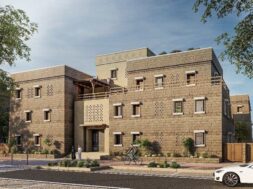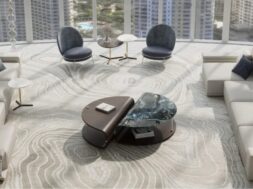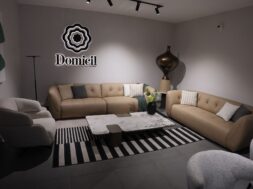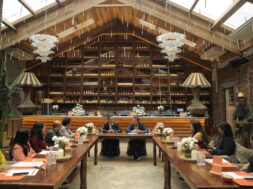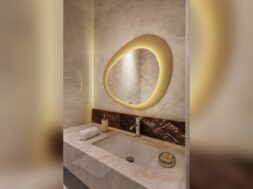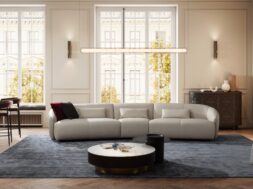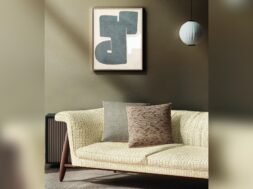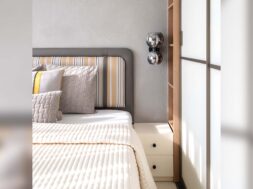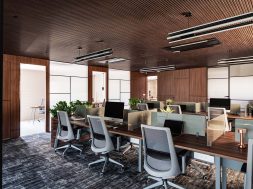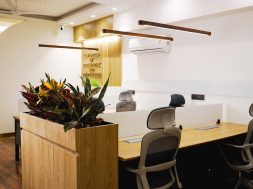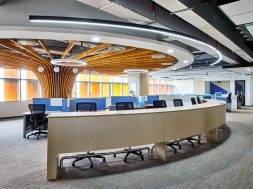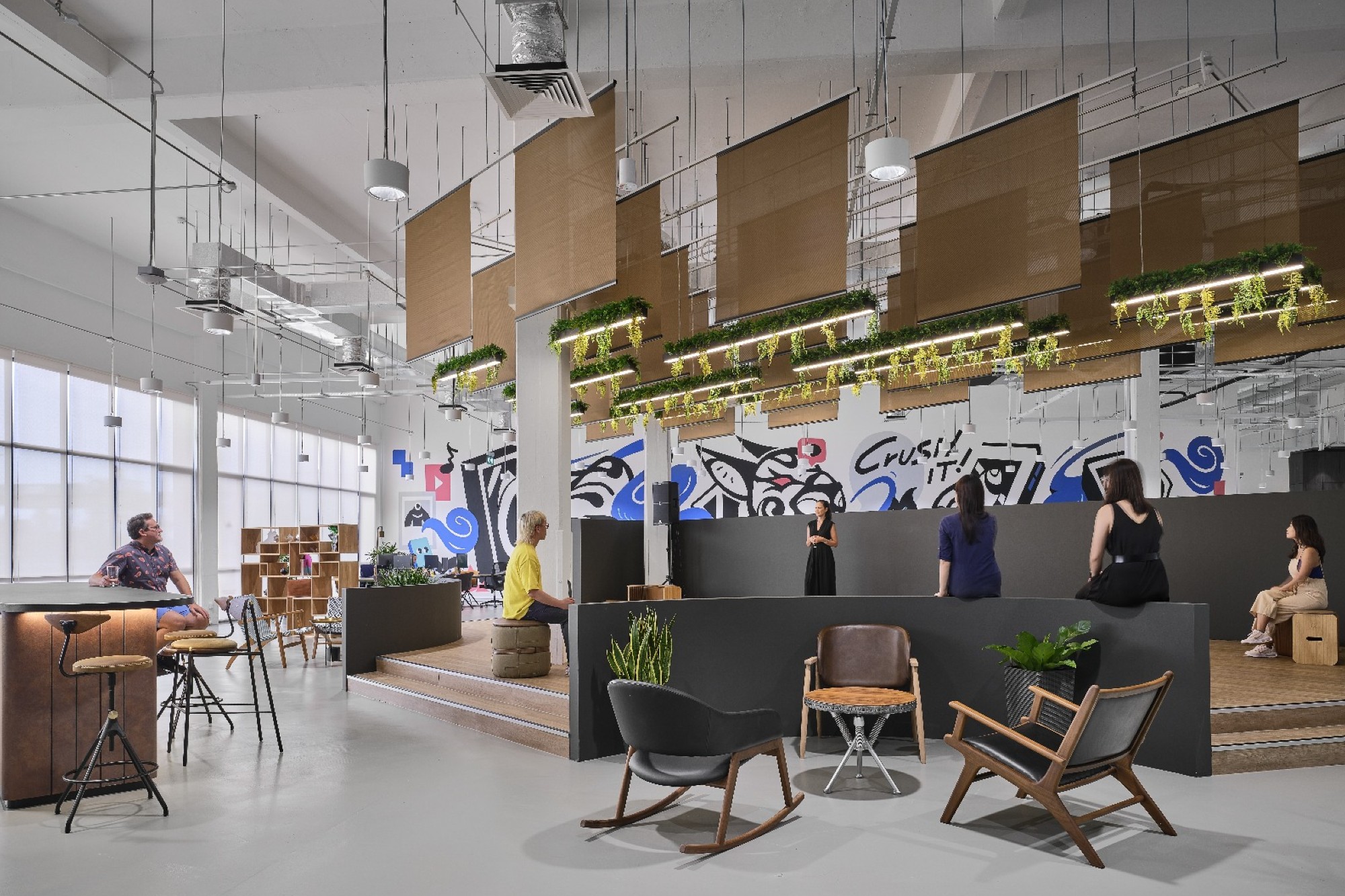
Human Connection and Design Transform Office Atmosphere
Tim Larson, CEO, Asia and Head of Experiential Design of Unispace, explores the transformative trends that are shaping modern workplaces. As design evolves to address human-centric experiences, digital integration, and sustainability, novel concepts emerge to balance functionality, well-being, and innovation in the post-hybrid world.
The workplace is undergoing a profound transformation, fuelled by changing societal values, technological advancements, and a renewed emphasis on human-centred experiences. As we face a post-hybrid world, rising climate concerns, and rapid digital integration, design must evolve to meet new demands—balancing functionality with emotional resonance, sustainability with luxury, and tradition with innovation.
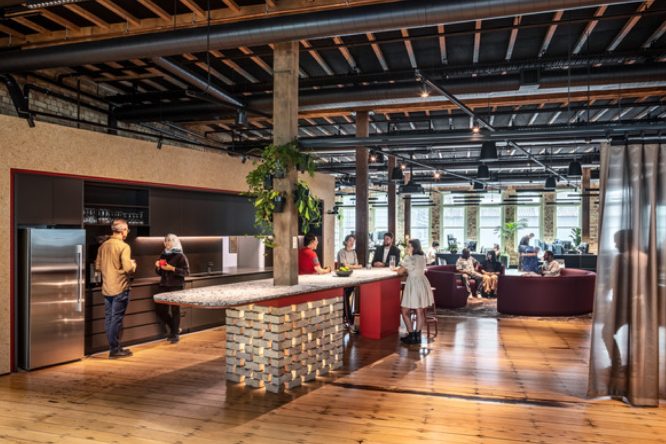
Design is changing to accommodate new human needs, technological advancements, and environmental obligations, as demonstrated by the following trends. By prioritising employee-centric workplaces, sustainable wellness, digital-physical immersion, sensory science, authenticity, and inclusivity, the built environment can create spaces that are functional and meaningful, future-proof, and deeply human.
The return to office reinvented – Office attendance has increased in the post-hybrid era, as businesses recognise the importance of in-person collaboration, mentorship, and company culture. Employees now expect workplaces that make the commute worthwhile—spaces that prioritise comfort, flexibility, and engagement. Design must respond by creating activity-based workplaces, wellness-integrated spaces, and social hubs that promote connection. Employers who invest in high-quality workplace experiences will attract and retain top talent while increasing productivity and innovation.
Wellness and Sustainability: New Status Symbols – Modern luxury is now defined by opulence, and by health-conscious and environmentally conscious design. High-end spaces now incorporate biophilic elements, non-toxic materials, and energy-efficient systems, indicating a shift towards responsible indulgence. Consumers and businesses alike value environments that promote well-being while reducing environmental impact. Certifications such as WELL and LEED are becoming status symbols, demonstrating that true luxury is found in sustainability, air quality, natural light, and overall wellness.
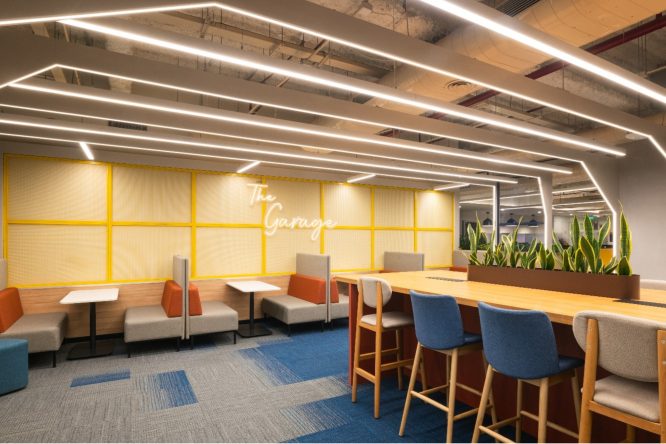
Digital-physical placemaking – It’s becoming harder to distinguish between digital and real-world experiences. Smart buildings, spatial computing, and AI-powered personalisation are changing the way people interact with spaces. Placemaking now includes digital storytelling, interactive installations, and virtual community-building tools to increase cultural engagement. Whether in offices, retail, or public spaces, design must combine local authenticity with cutting-edge technology to create memorable, dynamic environments that appeal to all generations.
The science of atmosphere – Neuroscience and environmental psychology research have shown that lighting, acoustics, scent, and thermal comfort all have a significant impact on mood and behaviour. Designers are now using smart sensors, circadian lighting systems, and soundscaping to create environments that promote focus, relaxation, or social energy. This trend reflects a shift towards evidence-based design, in which spaces are designed for aesthetics and cognitive and emotional effects.
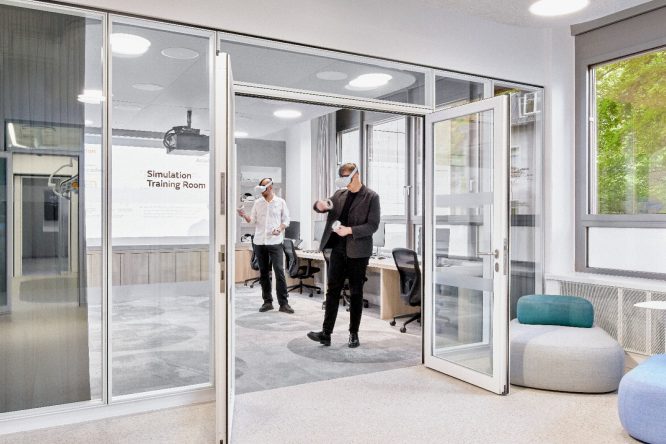
Biophilic craftsmanship – People are increasingly drawn to organic textures, earthy palettes, and artisanal craftsmanship as urbanisation and digital fatigue rise. This trend, inspired by biophilic design principles, employs natural wood, stone, terracotta, and woven textiles to add warmth and authenticity. Furthermore, handcrafted and locally sourced materials promote sustainability while telling a story. In a world dominated by screens, tactile, nature-inspired design promotes calm, connection, and timelessness.
Design for all ages – With five generations in the workforce (from Baby Boomers to Gen Alpha) and families living longer, spaces must accommodate a wide range of ages, abilities, and preferences. Universal design principles, such as adjustable furniture, inclusive layouts, and adaptive technology, ensure accessibility while maintaining style. Workplaces, homes, and public spaces must be adaptable and intergenerational, encouraging collaboration and comfort among all users.
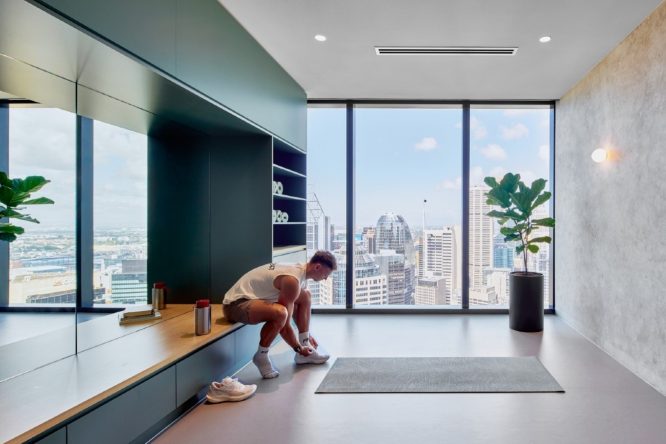
These trends demonstrate how design is adapting to new human needs, technological possibilities, and environmental responsibilities. By prioritising employee-centric workplaces, sustainable wellness, digital-physical hybridity, sensory science, natural authenticity, and inclusivity, the built environment can create spaces that are functional and meaningful, future-proof, and deeply human.
For more details, visit: https://www.unispace.com/

